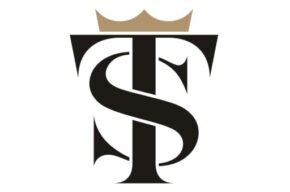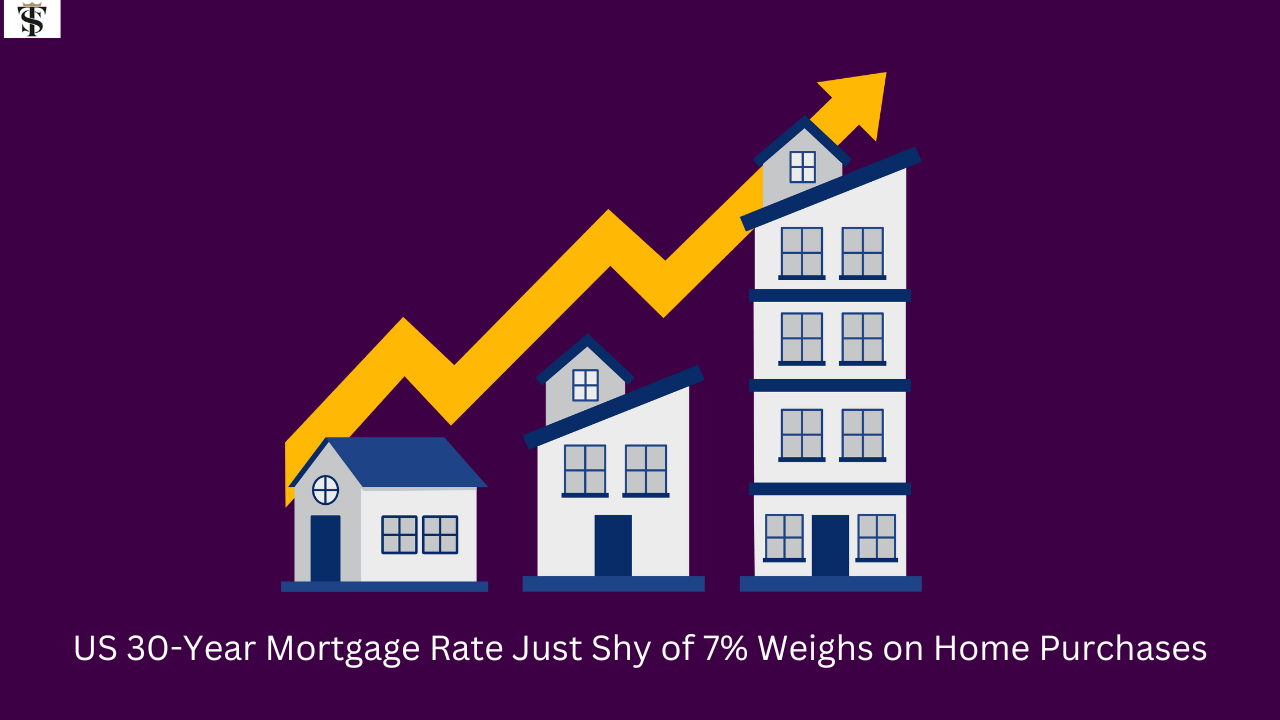US 30-Year Mortgage Rate Just Shy of 7% Weighs on Home Purchases
The US housing market continues to grapple with soaring mortgage rates, with the 30-year fixed-rate mortgage hovering just below the 7% threshold. This elevated rate environment has cast a shadow over home purchases, as affordability challenges mount for potential buyers.
The Current Mortgage Landscape
Recent data from Freddie Mac reveals that the average rate for a 30-year fixed mortgage remains near its highest levels in decades. While rates eased slightly from previous peaks, the persistence of high borrowing costs is deterring many would-be buyers from entering the market. The Federal Reserve’s aggressive rate hikes throughout 2023 and 2024, aimed at taming inflation, have significantly influenced these trends.
Affordability Concerns
The impact on affordability is stark. According to housing market analysts, a 1% increase in mortgage rates can reduce buying power by approximately 10%. This means that with rates nearing 7%, the monthly payments on a median-priced home are significantly higher compared to just two years ago when rates were closer to 3%.
First-time homebuyers are particularly affected. Many are finding it increasingly difficult to qualify for loans, forcing them to remain renters or delay homeownership plans. Furthermore, existing homeowners, many of whom locked in historically low rates during the pandemic, are reluctant to sell and trade up, exacerbating inventory shortages.
Home Sales and Inventory
The impact of rising rates is evident in home sales data. Pending home sales and existing home sales have both declined over recent months. Inventory remains tight, as homeowners hesitate to list properties and builders slow new construction amid economic uncertainty.
The National Association of Realtors (NAR) reported that existing home sales fell by 15% year-over-year in December, marking one of the most prolonged slumps since the Great Recession. This trend reflects a combination of high mortgage rates, elevated home prices, and limited supply.
Future Outlook
While the Federal Reserve has signaled a possible pause or slowdown in rate hikes, it remains unclear when significant relief for mortgage rates will materialize. Economists suggest that rates may stabilize or even decrease slightly in 2025 if inflation cools and the Fed pivots to a more dovish stance. However, any substantial rate reductions are unlikely in the near term.
Buyers navigating this challenging landscape must weigh their options carefully. For those considering purchasing, exploring adjustable-rate mortgages (ARMs) or waiting for more favorable conditions might be prudent strategies.
Conclusion
The near-7% mortgage rates underscore the challenges facing the US housing market. With affordability constraints pressuring buyers and limited inventory compounding issues, the sector is poised for a prolonged period of adjustment. Policymakers and market participants alike will be watching closely to see how these dynamics evolve in 2025 and beyond.


